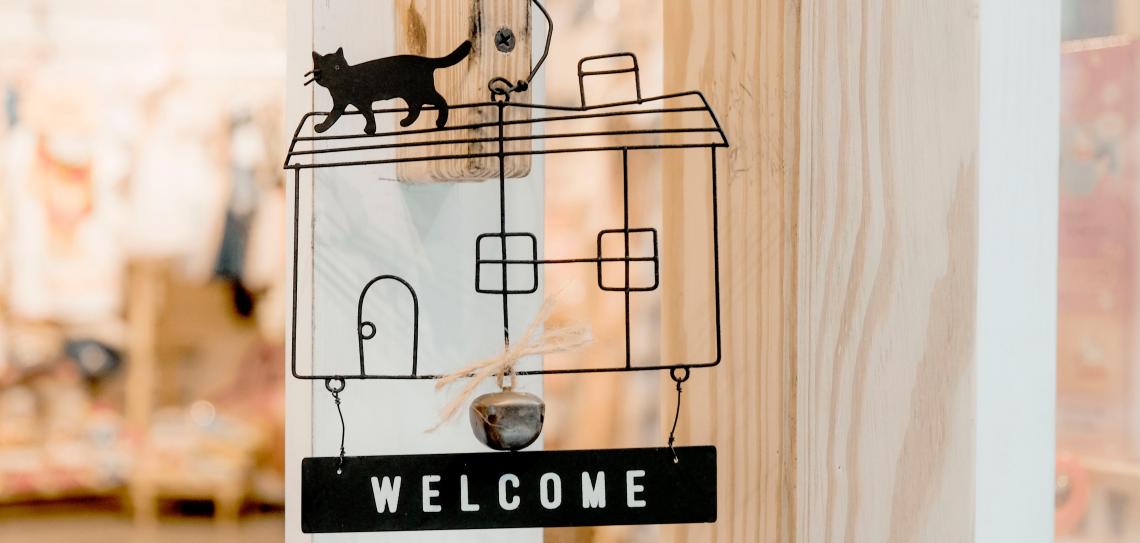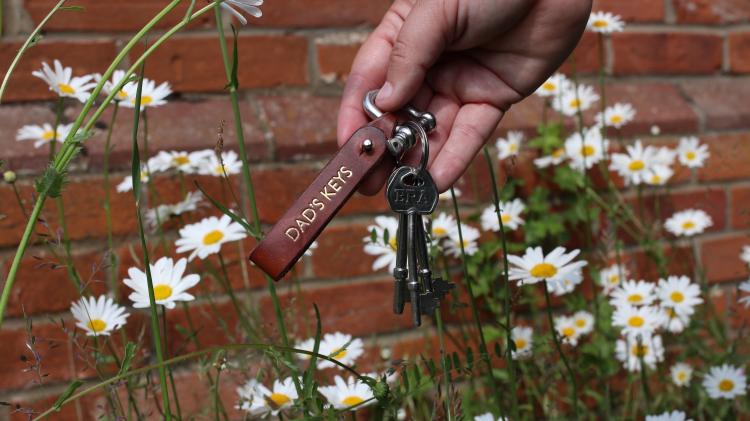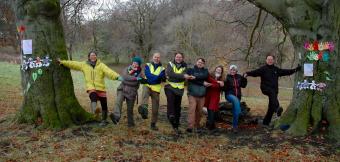
Share your home
The personal footprint of household heating, lighting and cooking are significantly reduced when shared. So one of the easiest ways to cut emissions is to share your home. This also reduces the need to build new homes, saving land and carbon. Sharing your home can also make you richer and happier.

Ownership and living arrangements
This is a very abbreviated version of ch. 24 of RetroSurburbia by David Holmgren (2018, Melliodora Publishing). In the original chapter, each option is explored in depth, including advantages and disadvantages. Full copyright remains with David Holmgren.
Reorganising our living arrangements, including how we own and use property, may be the most important aspect of any personal and household strategy to adapt to energy descent futures. Several criteria can be used to explore these lifestyle options for your own situation:
- Social acceptability
- Legal security
- Bank lending
- Simplicity
- Security
- Climate change resilience
Lifestyle options for those owning a home
Extended family households. Ageing parents, young people in crisis, rising costs of renting and poor employment prospects lead to many adults continuing to live with parents. Retrofitting houses to provide a degree of autonomy for extended family subgroups may be achieved whilst retaining economic and environmental efficiencies.
Hosting volunteers has been incredibly important in boosting the viability of rural households pursuing permaculture inspired self-reliant living. Willing Workers On Organic Farms (WWOOF) – a global network linking travellers to gardening and farming households – has introduced and empowered many people to this way of life at no cost.
Household landlords rent out their spare rooms. This is an obvious downshifting option for both owners and renters thinking about resilience in uncertain futures. It was common practice before affluence, single person apartments, and the elevation of privacy to the highest value of urban living.
Neighbourhood landlords create their own community by buying neighbouring houses. The idea of a benevolent landlord neighbour who creates conditions for a self-reliance and resilient neighbourhood would be a dream come true for many young folk.

Lifestyle options for those seeking a home
Sharing house ownership is normal for a couple, but it is still rare for a group of single persons or two or more couples to own a house together. Shared ownership is one of the easiest ways to reduce debt to manageable levels and increase household economies of scale and resilience.
Co-ordinated buying of adjacent houses has great potential for friends and families looking to consolidate without sharing a house. It creates a cell of shared neighbourhood activity that can grow opportunistically and offers great potential to redesign backyard spaces.
Relocating to a country town is generally an easier transition than a remote rural area for urbanites. Existing housing with good gardening prospects, access to some town services and casual social interaction for children makes the transition a smoother and speedier one.
Renting long term avoids the debt of a massively overpriced property market. Renting means your landlord risks the deflation of the property bubble instead of you. Renting might be a lifelong option, or a shorter-term strategy with the view to buying once the property bubble has burst.
Shared rental households have for many decades been the way university students have reduced their costs of living, navigated the experience beyond the parental nest and experimented with minor opportunities to shape their living space. Today, many young people, even with well-paid jobs, are choosing to share with like-minded housemates interested in frugal living.
Studio living in factories, warehouses and other non-residential spaces. Over many decades, the first phase of urban renewal of depressed urban areas occurs when artists and other creative but poor people occupy such spaces as work studios and begin living in them, creating community and enterprise in the process.
Squatting in unoccupied buildings has created a subculture of urban survival and resistance, mostly by young people with varying degrees of commitment and success in low environmental impact communitarian living.
Co-housing by retrofit in commercial, warehouse and light industrial space left with no tenants. Larger multi-storey buildings provide an ideal opportunity for co-housing projects. Intentional communities in rural areas have already been created by groups salvaging tourist, commercial and even agricultural research facilities.
Tiny houses are a response to the cost of housing, the attractions of frugal living and the resurgence of the desire to be owner-builders. Most are located on rural land but some have been built in suburban areas or as transportable buildings.
Lifestyle options for wannabe nomads
Network nomadism allows you to move to places where jobs or other opportunities might emerge. Mobility also encourages a minimalist attitude to possessions. Knowing where to go to meet like-minded people and stay for some time distinguish the network nomad from the homeless person.
Seasonal vehicle nomadism would involve following seasonal work, such as picking fruit, self-reliant living, camping in free places, and foraging, fishing and hunting.
The modern journey(wo)man travels from place to place and finds board, keep and maybe paid employment. WWOOFing is one of the main ways in which people can gain experience by helping hosts in exchange for food and accommodation.
Picture credits: 1) Henry Co - Unsplash.com 2) Hope House Press - Leather Diary Studio - Unsplash.com 3) Pass The Honey - Unsplash.com
Creatively assess your home sharing options
Invite others to live with you
Use your home as a base for community action
Support WOOF and other global home sharing options



